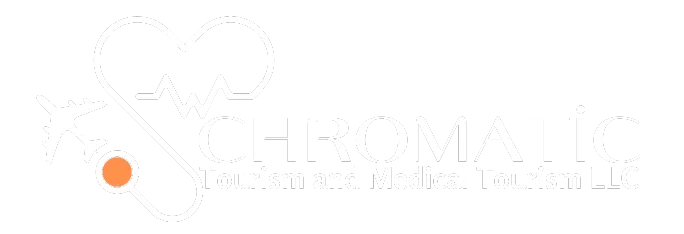At Chromatic Medical Tourism, we understand that rhinoplasty (nose surgery) is more than just a medical procedure – it’s a life-changing decision that can boost your confidence and improve your quality of life. Istanbul is renowned for its world-class cosmetic surgery facilities and highly skilled surgeons, making it the ideal destination for your rhinoplasty journey.
Why Choose Istanbul for Rhinoplasty?
-
- Expert Surgeons: Our partner surgeons are among the best in the world, with years of experience and a proven track record of successful rhinoplasty procedures.
- State-of-the-Art Facilities: We work exclusively with JCI-accredited hospitals equipped with the latest technology to ensure your safety and comfort.
- Affordable Excellence: High-quality rhinoplasty at a fraction of the cost compared to Western countries.
- Cultural Experience: Combine your procedure with the opportunity to explore Istanbul’s rich history, stunning architecture, and vibrant culture.
What is Rhinoplasty?
Rhinoplasty, commonly referred to as a “nose job,” is a surgical procedure designed to reshape or resize the nose for both aesthetic and functional purposes. Whether you’re looking to correct a nasal hump, refine the tip, improve breathing, or enhance facial harmony, rhinoplasty can help you achieve your goals.
Types of Rhinoplasties We Offer
-
- Aesthetic Rhinoplasty: Focused on enhancing the appearance of the nose to improve facial symmetry and balance.
- Functional Rhinoplasty: Aimed at correcting structural issues, such as a deviated septum, to improve breathing and nasal function.
- Revision Rhinoplasty: For patients who have previously undergone rhinoplasty and seek to correct or refine the results.
Why Choose Chromatic Medical Tourism for Rhinoplasty?
-
- Comprehensive Care: From your initial consultation to post-operative follow-up, we provide end-to-end support to ensure a seamless experience.
- Personalized Treatment Plans: Our surgeons tailor each procedure to your unique facial features and desired outcomes.
- Transparent Pricing: No hidden costs – we provide clear, upfront pricing for your peace of mind.
- Multilingual Support: Our patient coordinators are available 24/7 to assist with translation, logistics, and any questions you may have.
- Post-Operative Care: We coordinate your recovery plan, including follow-up consultations and aftercare, to ensure optimal results.
The Rhinoplasty Process
-
- Initial Consultation: Share your goals and concerns with our expert surgeons during a personalized consultation.
- Pre-Operative Planning: Receive a customized treatment plan tailored to your needs.
- The Procedure: Undergo your rhinoplasty in a state-of-the-art facility, supported by a team of experienced professionals.
- Recovery & Aftercare: Rest and recover in comfort, with detailed instructions and follow-up care to ensure a smooth healing process.
Recovery and Results
-
- Recovery Time: Most patients can return to normal activities within 1-2 weeks, with full results visible after several months as swelling subsides.
- Results: A more balanced, harmonious facial appearance and, in some cases, improved breathing function.
Frequently Asked Questions
- Is rhinoplasty painful?
-
- Most patients experience mild discomfort after the procedure, which can be managed with prescribed medication. Our team will ensure your comfort throughout the recovery process.
- How long does the procedure take?
-
- Rhinoplasty typically takes 1.5 to 3 hours, depending on the complexity of the procedure.
- Are the results permanent?
-
- Yes, the results of rhinoplasty are permanent, although the natural aging process may cause subtle changes over time.
- Can rhinoplasty improve breathing?
-
- Yes, functional rhinoplasty can correct structural issues, such as a deviated septum, to improve nasal airflow.
- Can I combine my treatment with tourism in Istanbul?
- Absolutely! Istanbul offers a rich cultural experience, and we can arrange guided tours and leisure activities during your recovery. You can check our tourism itinerary packages here.
- How do I get started?
- Contact us today to schedule a consultation. Our team will guide you through every step, from medical evaluations to travel arrangements.
Take the first step toward a more confident you. Contact Chromatic Medical Tourism today to schedule a consultation or learn more about rhinoplasty in Istanbul. Our team is here to guide you through every step of your journey, ensuring a safe, comfortable, and rewarding experience.
Let us help you achieve the look you’ve always wanted with the expertise and care you deserve.


